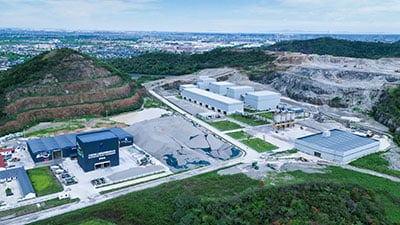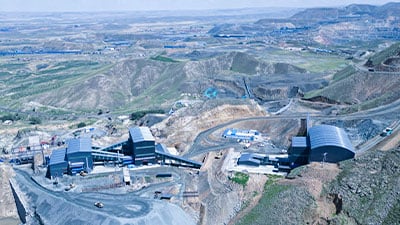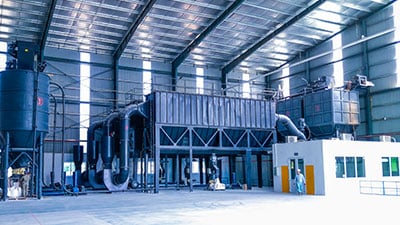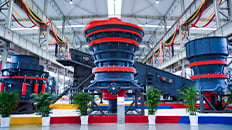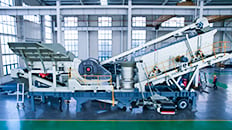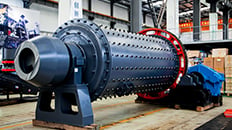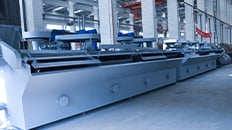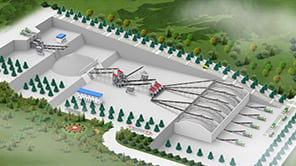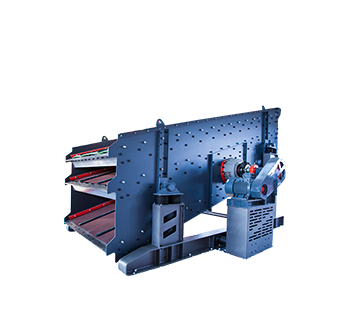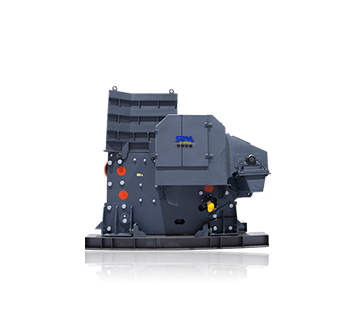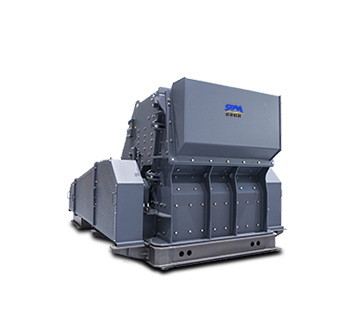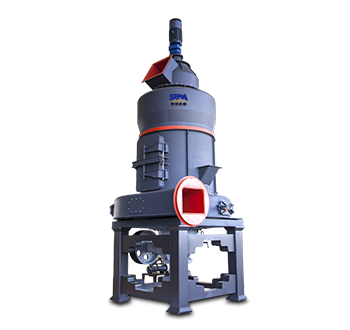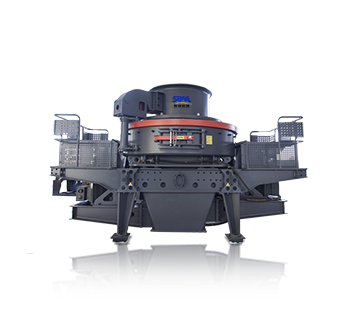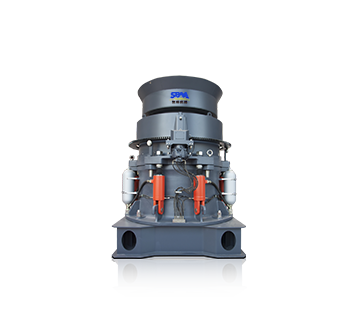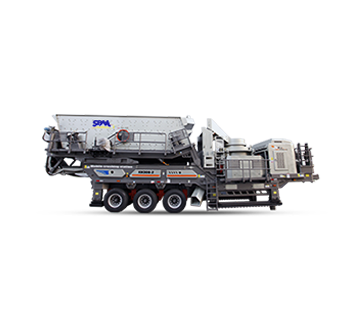Summary:Ball mill and Rod mill are two major beneficiation machineries which are widely used in concentrator.
Ball mill and Rod mill are two major beneficiation machineries which are widely used in concentrator.
They are similar in appearance and working principle, but they are still different in many aspects like structure, performance and application. Now we will analyze the 7 major differences between Ball mill and Rod mill and tell you how to choose a ball mill and a rod mill.
Although ball grinding mill and Rod mill work on a similar principle, they are still some big difference of each other.
1. Different form and structure
The cylinder shape proportions of two devices are different. Generally, the ratio of tube length to diameter of Rod mill is 1.5:2.0. In addition, the inner surface of the lining plate on the end cover of Rod mill is vertical. However, the ratio of tube length to diameter of ball mill is small, and in most cases, the ratio is only slightly more than 1.
Moreover, the cylinder working speed of Rod mill is lower than that of ball mill under the same specification, so that the medium inside the mill is in the state of falling.


2. Different ways of discharging
The most frequently used ball mills are lattice ball mill and overflow ball mill (they are named from their different discharge structure). However, Rod mill doesn’t use grating to discharge ore and there are only two kind of Rod mill—overflow type and open type. Moreover, the diameter of the hollow shaft of Rod mill is larger than that of ball mill of the same specification.
3. Different grinding medium
The Rod mill usually uses the steel rod with a diameter of 50-100mm as the grinding medium, while the ball mill usually uses the steel ball as the grinding medium.

The steel balls of ball mill are in point contact, while the steel rods of Rod mill are in linear contact, so their working ways are obviously different.
4. Different medium filling rate
Medium filling rate refers to the percentage of grinding medium in mill volume. For different grinding ways, different grinding mill structure, different operating conditions and medium shape, there will be a suitable range for the filling rate. The medium filling rate is not too high or too low, or it will affect the grinding effect. Generally, the medium filling rate of ball mill is about 40%-50%, and Rod mill is about 35%-45%.
5. Different performance
The features of Rod mill are that the finished product is rough but the particle is uniform, and contains less coarse particles and slime, and excessive crushing condition is relatively low.
While ball mill is characterized by high production capacity, strong adaptability to materials, high degree of fineness of products and energy saving, but its shortcoming is too much over crushing phenomenon.
6. Stability difference
When the mill is running, the ball mill can work with no inertial impact, which can ensure the normal and efficient operation of the equipment, reducing the downtime and improving the production efficiency.
7. Different application
It's usually for plant to use Rod mill to prevent excessive crushing when we do gravity or magnetic separated for tungsten and tin ores and other rare metals.
At the second stage grinding process, Rod mill is usually used as the first stage grinding equipment with large production capacity and high efficiency. When crushing materials with soft or less hard, a Rod mill can be used instead of a short-head cone crusher for fine crushing. Not only is the configuration simple, the cost is also low, and can reduce the dust.
It’s easy for ball mill to over crushing as result of its fine grinding process. So it’s not suitable for metal beneficiation.
So those are the seven main differences between the ball mill and the Rod mill. Now have you learned them?

